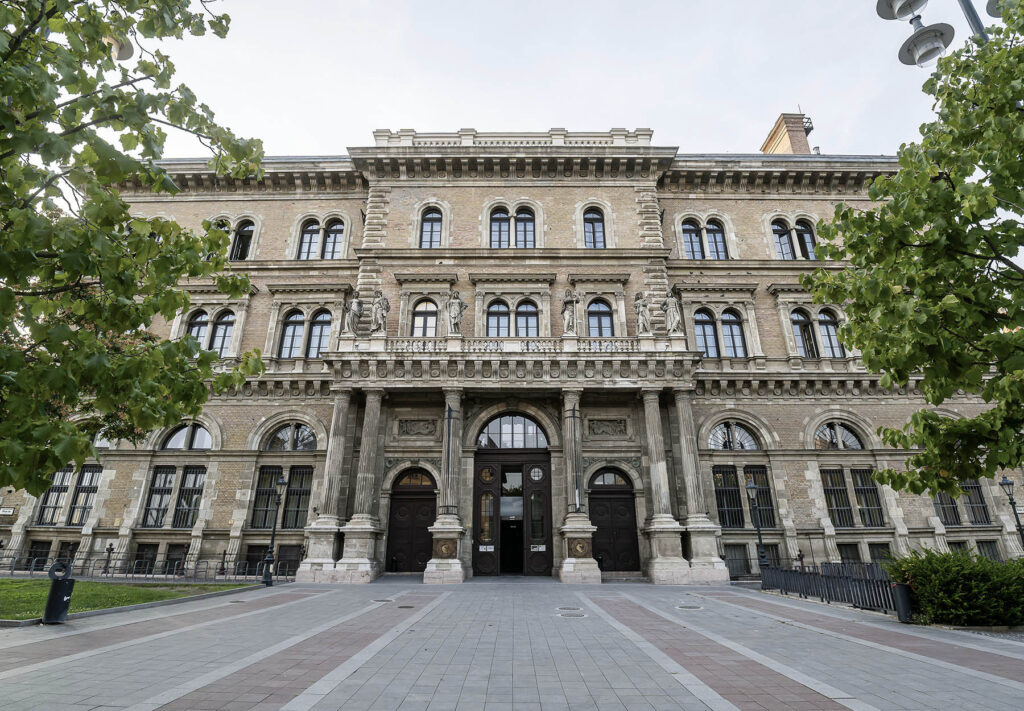Study Finds Community, Not Family, Shapes Language Use Among Moldavian Csángó Children
A recent European study involving Corvinus University of Budapest challenges common assumptions about language transmission in minority communities. In the language practices of Moldavian Csángós, the local community plays a far more significant role than individual choices – a sharp contrast to what’s typical in the Global North.

What determines which language is spoken in a minority family also affected by migration? What does “family” and “language” mean for Csángó (a Hungarian minority group) mothers in Moldavia? And how does the local Hungarian-language education programme influence language use? These were the key questions behind the international study, which included input from a Corvinus researcher.
The paper focuses on Csángó families in Moldavian villages where bilingualism (Romanian and Csángó-Hungarian) is part of everyday life. Twelwe Csángó mothers were interviewed in households where the father works abroad. In addition to these targeted interviews, the research drew on material collected during four months of fieldwork.
The research team included Petteri Laihonen (University of Jyväskylä, lead author), Csanád Bodó (ELTE), Judit Gáspár (Corvinus University of Budapest), Bernadett Jani-Demetriou (ELTE and the American University of Beirut), and Carina Fazakas-Timaru (University of Debrecen).
“The data prompted us to question some of our core assumptions about family, language, and language use”, said Judit Gáspár, Associate Professor at Corvinus and co-author of the study. “The Csángó mothers we spoke with follow different norms than what we’re used to in the Global North. This led us to confront our own ideas and practices with the realities we encountered in the field.”
Romanian Schooling and Hungarian Language Education
One of the key findings is that language use is often guided by unspoken community expectations. According to the study, Moldavian Csángós are generally reluctant to see themselves – in line with Global North norms – as autonomous agents making active decisions about their or their children’s language use. Instead, they refer to local community practices.
Many mothers, for example, speak Romanian to their children not out of personal preference, but as a way to protect them from a shared generational discrimination they once faced for not speaking the state language – “they used to slam our fingers in the doorframe because we didn’t speak Romanian”.
In contrast, some families have recently begun using more Hungarian at home, influenced by local Hungarian-language education initiatives. Interestingly, one mother, when she talked about this, she didn’t focus on her own attitude to language education, but rather explained it through her children’s actions – such as why they regularly attend lessons. Since there’s no clear community consensus on attending Hungarian classes, the parent presents this as the children’s choice.
The research also revealed a clear gender divide: men who work abroad tend to speak Hungarian, often with other adults, while women remaining in Moldavia usually speak Romanian, particularly with children.
“‘In this way my eyes opened, in Hungarian”
For the Csángó community, language is not seen as the key to maintaining their identity – again, unlike assumptions common in the Global North. Local speech patterns are fluid and constantly changing. Some speakers prefer to call their language “Hungarian”, others alternate between “Hungarian” and “Csángó”, while some refer to it as “Csángó-Hungarian”, “Csángó-ish”, or treat Csángó and the Hungarian taught in schools as entirely separate languages. One interviewee described Hungarian as their first language, saying: “In this way my eyes opened, in Hungarian”.
Community expectations strongly influence the role of mothers in the family. They are the ones managing everyday life and decisions, including those about language use. Contrary to Global North ideals, where families are expected to stay geographically united, Csángó mothers tend to stay behind with their children, following local norms. The fathers’ incomes are usually not enough to support the whole family abroad. So the idea of moving away with the father is neither practical nor desirable for most. Instead, mothers occasionally travel with their children to visit the fathers abroad but otherwise remain in their Moldavian home villages, where they can raise their families within a close-knit, emotionally safe community governed by shared norms.
“What stood out in the interviews was how rarely motherhood was described in terms of individual responsibility for a child’s development. The fact that Csángó mothers rely on the strength and cohesion of the community means the emotional and moral weight of preserving linguistic and cultural heritage is shared. It becomes a collective commitment, not just an individual burden,” said Judit Gáspár.
The Absence of Fathers
While researchers hoped to speak with fathers as well, no local men volunteered. Csángós, who are Roman Catholic, form both a linguistic and religious minority in Romania and are among the country’s poorer and less formally educated populations. An estimated 50,000 people speak both Romanian and the “Csángó speech variety”, representing around a quarter of the Catholic population in Moldavia. Most live in villages and many work in manual jobs, either in Moldavia or abroad in Western Europe.
The researchers stress the importance of understanding local perspectives when developing language and cultural preservation efforts. They underline that more research is needed to better understand the Moldavian Csángó community.
The study was published in Issue 3 of the International Journal of Bilingual Education and Bilingualism in 2025.